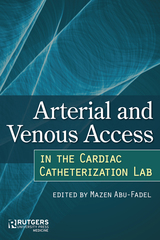

In 1985 the media announced a new therapy for cancer. It was expensive, labor-intensive, and toxic--but, they said, it worked. How it worked is the story Ilana Löwy tells in Between Bench and Bedside, a compelling account of the clinical trials of interleukin-2 at a major French cancer hospital. Her book offers a remarkable insider's view of the culture of clinical experimentation in oncology--and of how this culture affects the development of new treatments for cancer.
Löwy, a historian of science who trained as an immunologist, makes the life of the laboratory and the hospital comprehensible and immediate. Before immersing us in the clinical drama, she fills in the history behind the action--a background of chemotherapy and radiation, controlled clinical trials, and the long line of immunological approaches that finally led to interleukin-2. The story then shifts to the introduction of interleukin-2 in a cancer ward. Löwy conveys the clinical investigation as a complex, multilayered phenomenon that defies the stereotypes of modern biomedicine. In this picture, the miracle-makers and arrogant, self-centered professionals of myth give way to moving images of real people negotiating the tensions between institutional and professional constraints, the search for a scientific breakthrough, and the obligation to alleviate the suffering of a patient. The result is a rare firsthand look at the multiple factors that shape real-life clinical experiments and the institutional tangle and emotional muddle that surround such trials--an invaluable view at a time when medicine is undergoing such great and confusing changes.
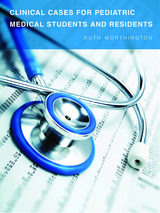
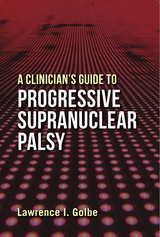
A Clinician’s Guide to Progressive Supranuclear Palsy emphasizes early diagnostic signs, medication options, non-pharmacologic management and palliative care. It offers a quick overview of the complications of PSP most likely to prompt an ER visit; a widening spectrum of PSP variants; and ample description of the genetics, epidemiology, natural history, pathology, molecular biology and neurochemistry of PSP. The PSP Rating Scale used in the book is a convenient tool for clinicians in routine practice and the leading PSP clinical measure world-wide. Golbe provides a practical and useful guidebook to help all clinicians learn and battle this complex disorder.
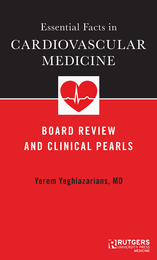
Essential Facts in Cardiovascular Medicine covers numerous important topics from the basics of Statistics, to factoids in General Cardiology, Physical Exam, EKG, Congenital Heart Disease, Valvular Heart Disease, Heart Failure/Transplant, Acute Coronary Syndromes, Pericardial Diseases, Electrophysiology, Pharmacology, Pregnancy, Pulmonary Hypertension, Peripheral Vascular Disease, Echocardiography, Formulas, Interventional Cardiology and Cardiac Tumors.
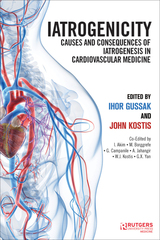
Edited by two renowned cardiology experts, Iatrogenicity: Causes and Consequences of Iatrogenesis in Cardiovascular Medicine addresses both the iatrogenicity that arises with cardiovascular interventions, as well as non-cardiovascular interventions that result in adverse consequences on the cardiovascular system. The book aims to achieve three things: to summarize the available information on this topic in a single high-yield volume; to highlight the human and financial cost of iatrogenesis; and to describe and propose potential interventions to ameliorate the effects of iatrogenesis. This accessible book is a practical reference for any practicing physician who sees patients with cardiovascular issues. .
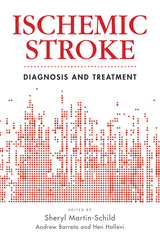
Key topics explored cover all elements of stroke care, including examinations of: emergent evaluation of the suspected stroke patient, clinical signs and symptoms of stroke, mechanisms of ischemic stroke, neuroimaging, cardiac-based evaluation, thrombolytic therapy, endovascular therapy, critical care management, rehabilitation, cardiac arrhythmias, and structural heart disease.
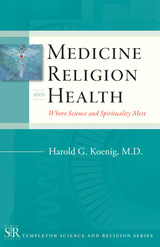
Medicine, Religion, and Health: Where Science and Spirituality Meet will be the first title published in the new Templeton Science and Religion Series, in which scientists from a wide range of fields distill their experience and knowledge into brief tours of their respective specialties. In this, the series' maiden volume, Dr. Harold G. Koenig, provides an overview of the relationship between health care and religion that manages to be comprehensive yet concise, factual yet inspirational, and technical yet easily accessible to nonspecialists and general readers.
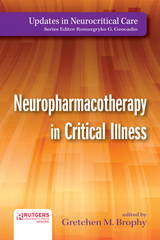
In the treatment of neurocritical disease states, pharmacotherapeutic strategies are increasingly relevant. Neuropharmacotherapy in Critical Illness is the first book that provides this information in a high-yield format for the busy healthcare provider. Edited and authored by leading experts in the field, this book provides practitioners with clinical pearls on neuropharmacology, dosing strategies, monitoring, adverse events, drug interactions, and evidence-based pharmacotherapy.
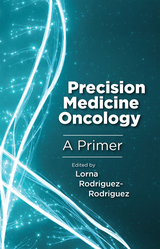
Precision Medicine Oncology: A Primer is a concise review of the fundamental principles and applications of precision medicine, intended for clinicians, particularly those working in oncology. It provides an accessible introduction to the technological advances in DNA and RNA sequencing, gives a detailed overview of approaches to the interpretation of molecular test results and their point-of-care implementation for individual patients, and describes innovative clinical trial designs in oncology as well as characteristics of the computational infrastructures through which massive quantities of data are collected, stored, and used in precision medicine oncology.
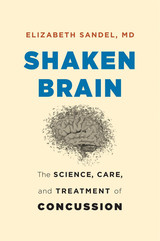
A physician with thirty-five years of experience treating people with brain injuries shares the latest research on concussions and best practices for care.
The explosion of attention to sports concussions has many of us thinking about the addled brains of our football and hockey heroes. But concussions happen to everyone, not just elite athletes. Children fall from high chairs, drivers and cyclists get into accidents, and workers encounter unexpected obstacles on the job. Concussions are prevalent, occurring even during everyday activities. In fact, in less time than it takes to read this sentence, three Americans will experience a concussion. The global statistics are no less staggering.
Shaken Brain offers expert advice and urgently needed answers. Elizabeth Sandel, MD, is a board-certified physician who has spent more than three decades treating patients with traumatic brain injuries, training clinicians, and conducting research. Here she explains the scientific evidence for what happens to the brain and body after a concussion. And she shares stories from a diverse group of patients, educating readers on prevention, diagnosis, and treatment. Few people understand that what they do in the aftermath of their injury will make a dramatic difference to their future well-being; patient experiences testify to the best practices for concussion sufferers and their caregivers. Dr. Sandel also shows how to evaluate risks before participating in activities and how to use proven safety strategies to mitigate these risks.
Today concussions aren’t just injuries—they’re big news. And, like anything in the news, they’re the subject of much misinformation. Shaken Brain is the resource patients and their families, friends, and caregivers need to understand how concussions occur, what to expect from healthcare providers, and what the long-term consequences may be.
READERS
Browse our collection.
PUBLISHERS
See BiblioVault's publisher services.
STUDENT SERVICES
Files for college accessibility offices.
UChicago Accessibility Resources
home | accessibility | search | about | contact us
BiblioVault ® 2001 - 2024
The University of Chicago Press









